You Can Be Fined For Wearing A Political T-Shirt To The Polls. SCOTUS Could Change That.
In 2010, Andrew Cilek walked into his Minneapolis polling place wearing a T-shirt with a tea party logo that said “Don’t Tread On Me.” Cilek, now the executive director of a conservative group called the Minnesota Voters’ Alliance, also wore a button promoting the election watchdog group Election Integrity Watch. The button said “Please ID me” (Minnesota does not have a photo ID requirement to vote) and included the group’s phone number and website.
Because of what he was wearing that day, an election official temporarily refused to let Cilek cast a ballot. Minnesota bans wearing a “political badge, political button, or other political insignia” at or near a polling place. Anyone who violates the law can be subject to a petty misdemeanor charge and a fine of up to $5,000. The apparel doesn’t have to mention a specific candidate or issue on the ballot to be illegal ― it just needs to be designed in some way to influence voting.
Cilek was eventually allowed to vote, but his name was recorded at the polls for potential prosecution. He joined with a group of other voters who’d had similar experiences and subsequently sued the state, saying the ban on political apparel violated their First Amendment right to free speech. In February, the U.S. Court of Appeals for the 8th Circuit upheld the law as constitutional. On Monday, the Supreme Court said it would hear an appeal.
The case is significant because it’s expected to force the high court to reconcile two competing government interests: protecting citizens’ First Amendment rights, and addressing the need to administer orderly elections where voters aren’t confused or pressured in their polling place.
In its February opinion, the 8th Circuit said the state could prohibit clothing with political messages because it has an interest in preserving neutrality when people go to cast a ballot.
“Even if Tea Party apparel is not election-related, it is not unreasonable to prohibit it in a polling place,” the opinion said. “Banning apparel with [the tea party’s] name and logo is ‘reasonable because it is wholly consistent with the [state]’s legitimate interest in preserving’ polling place decorum and neutrality.”
In a 1992 case called Burson v. Freeman, the U.S. Supreme Court upheld a Tennessee law prohibiting political solicitations within 100 feet of a polling place. The decision allowed states to create “campaign-free” zones near the polls, something every state does in some form, according to the Pacific Legal Foundation, which is representing the plaintiffs in the Minnesota case. Ten states have restrictions on what kind of political apparel a person can wear to the polls, the PLF says.
The plaintiffs in the Minnesota case argue that while that 1992 case banned a specific type of political speech at the polls ― namely, soliciting votes and distributing campaign materials ― the Minnesota ban is too broad.
“Burson plainly does not endorse a categorical ban on all types of ‘political’ speech,” the plaintiffs wrote in their petition for review to the Supreme Court. “The decision below departs from this Court’s precedent on First Amendment overbreadth and effectively chills the free speech rights of millions of voters across the country by threatening criminal prosecution or civil penalties for voters who wear logoed t-shirts, caps, jackets, buttons, and other apparel in state-declared speech-free zones.”
Wen Fa, an attorney representing the plaintiffs, said Minnesota’s restrictions are too broad.
“The state’s restrictions on voter apparel apply to any clothing that reflects personal values, even clothing with a message that is unrelated to anyone’s campaign,” he said in a statement. “Such a limitless ban on personal expression is unconstitutional.”
Rick Hasen, a law professor and election law expert at the University of California, Irvine, said the court’s decision in the case could lend clarity to other areas of election law.
“This is the kind of knotty First Amendment question that the Court has shown an interest in taking in recent years,” Hasen wrote Monday in a blog post. “The result of the case could be relevant not only to speech at polling places, but also to the line between election advocacy and issue advocacy which affects the scope of campaign finance laws.”
Samuel Bagenstos, a law professor at the University of Michigan who served as the principal deputy assistant attorney general for civil rights in the Justice Department from 2009 to 2011, said the Minnesota law in question is “unusually broad” and the court could rule either way on it.
Also on HuffPost
Alabama State Capitol (Montgomery, Ala.)
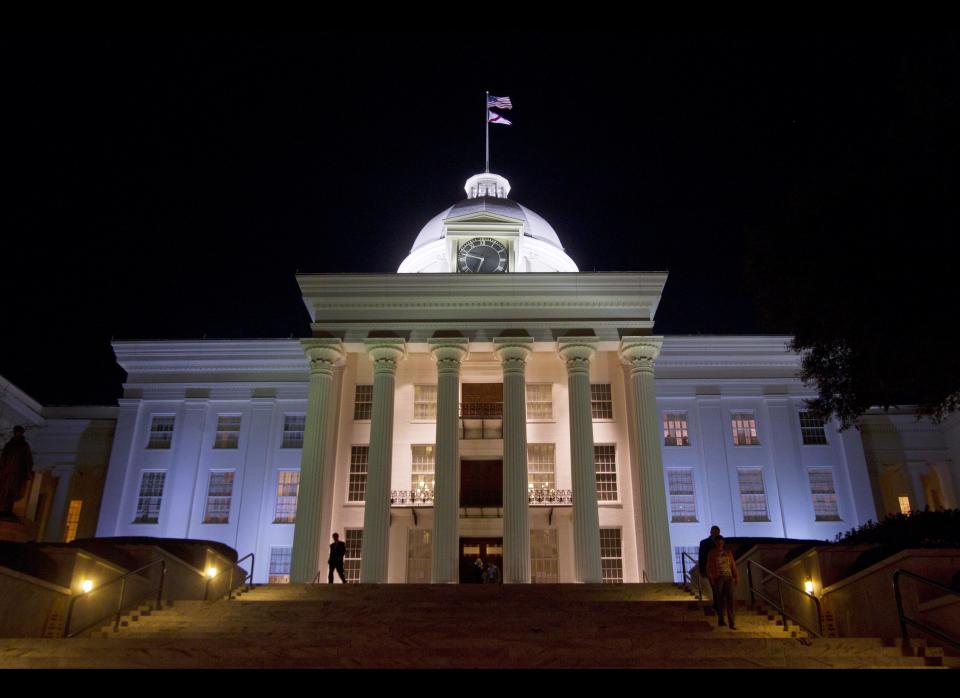
Alaska State Capitol (Juneau, Alaska)
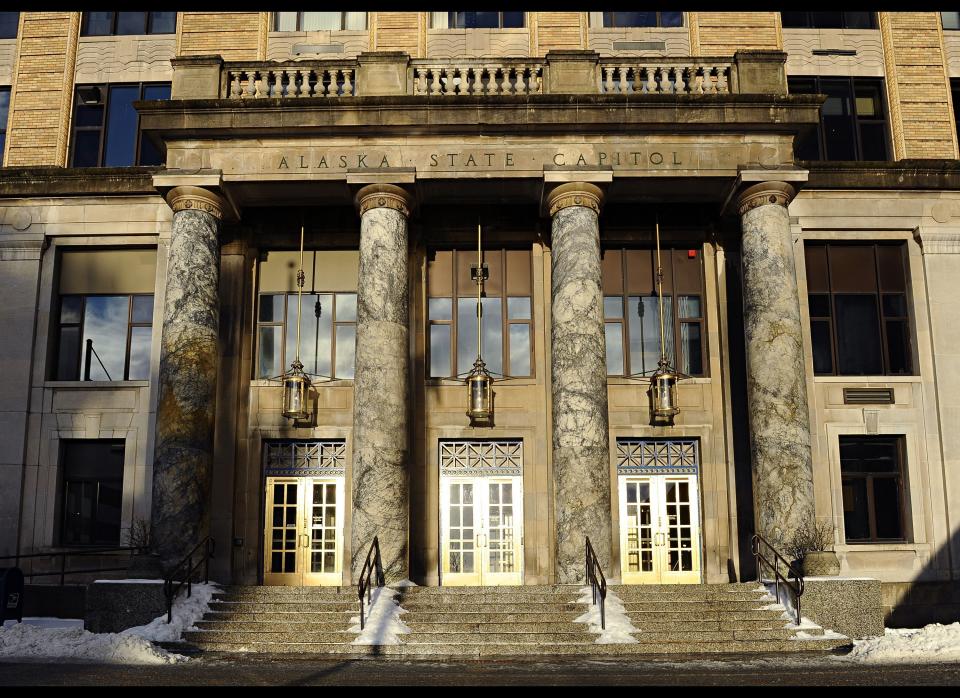
Arizona State Capitol (Phoenix)
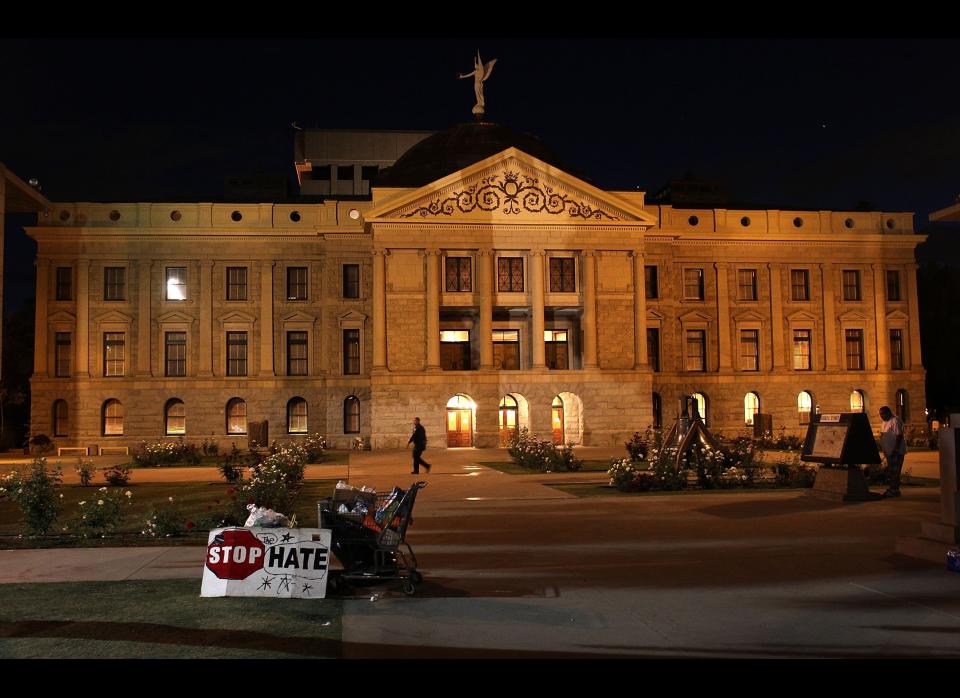
Arkansas State Capitol (Little Rock, Ark.)
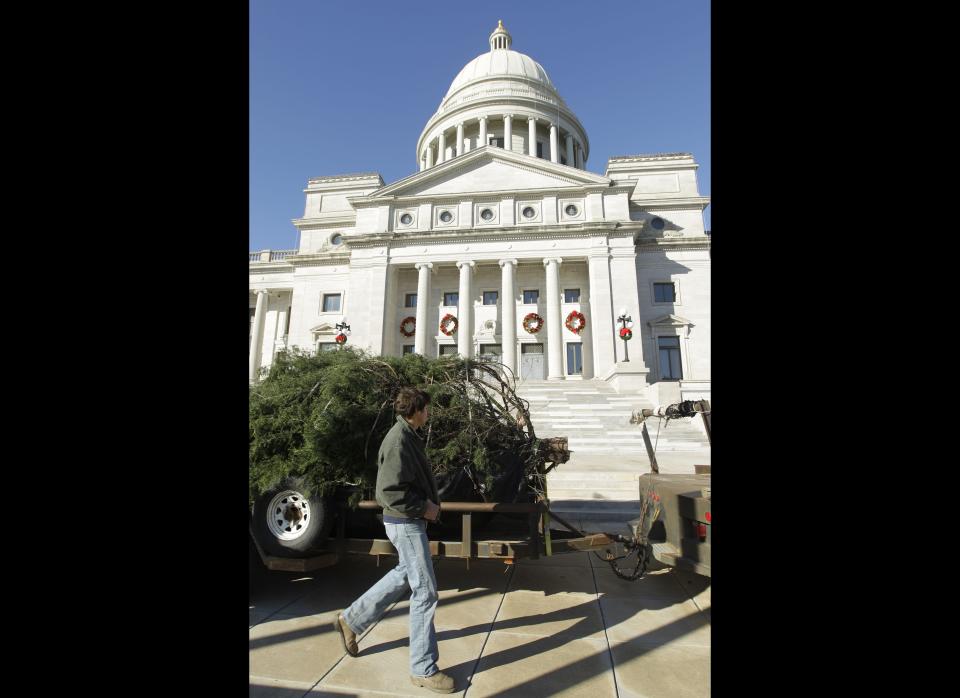
California State Capitol (Sacramento, Calif.)
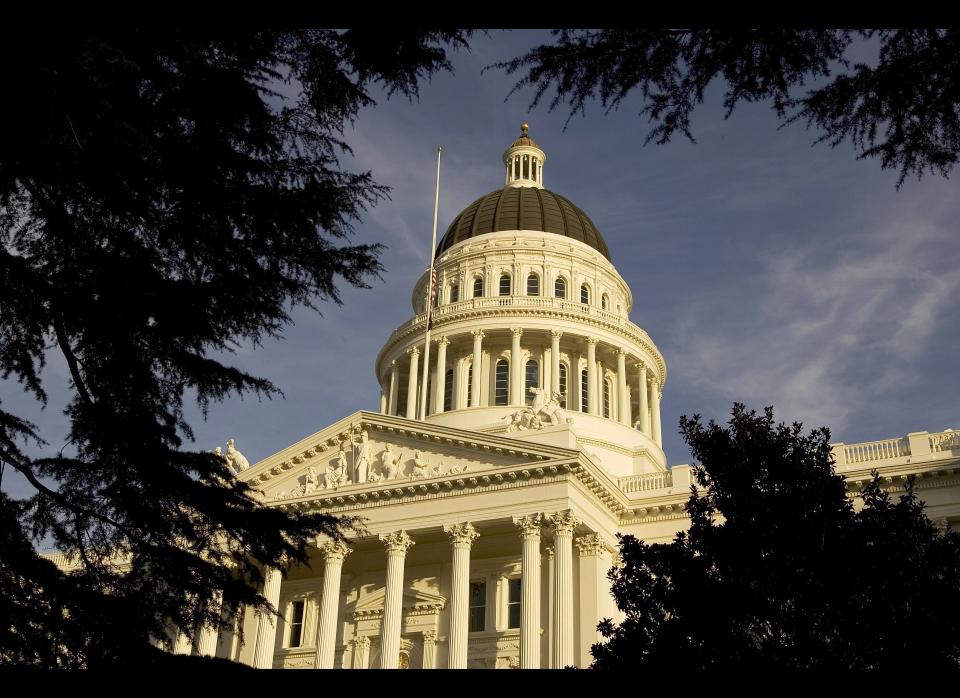
Colorado State Capitol (Denver)
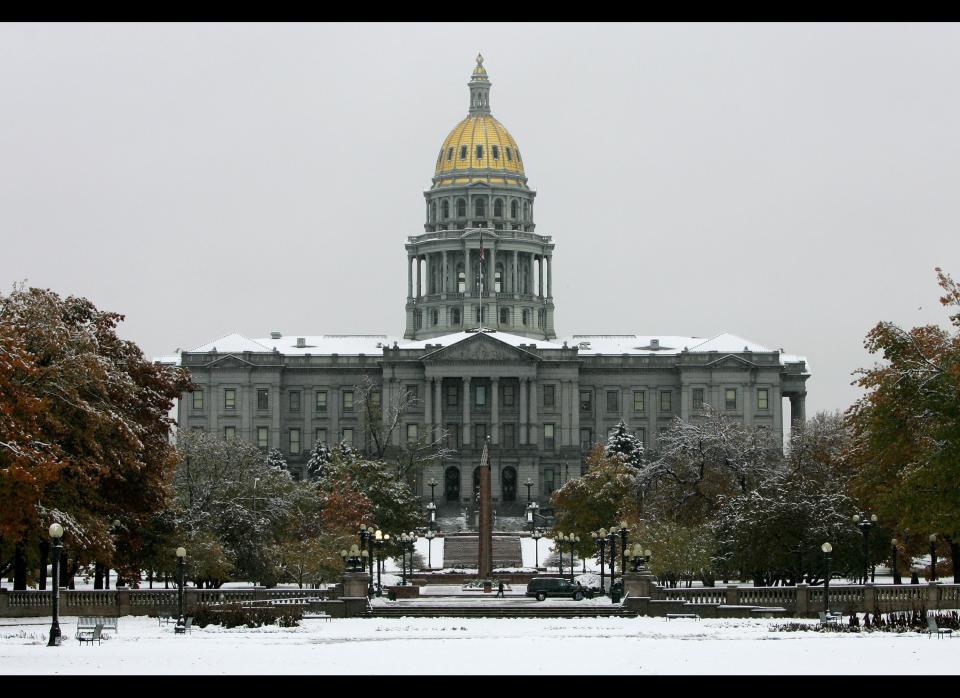
Connecticut State Capitol (Hartford, Conn.)
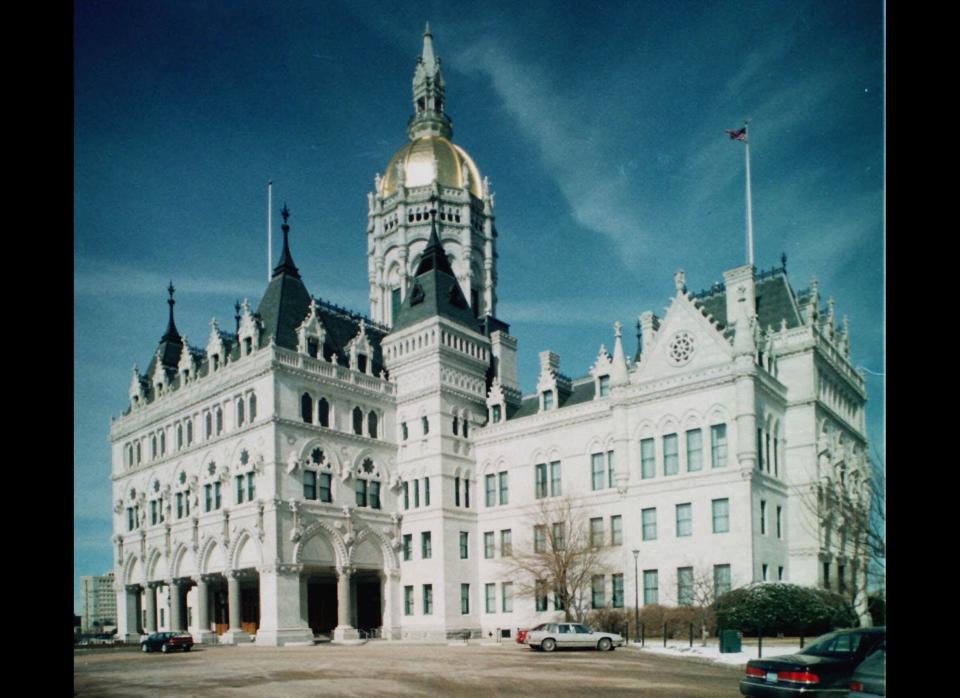
Delaware State Capitol (Dover, Del.)
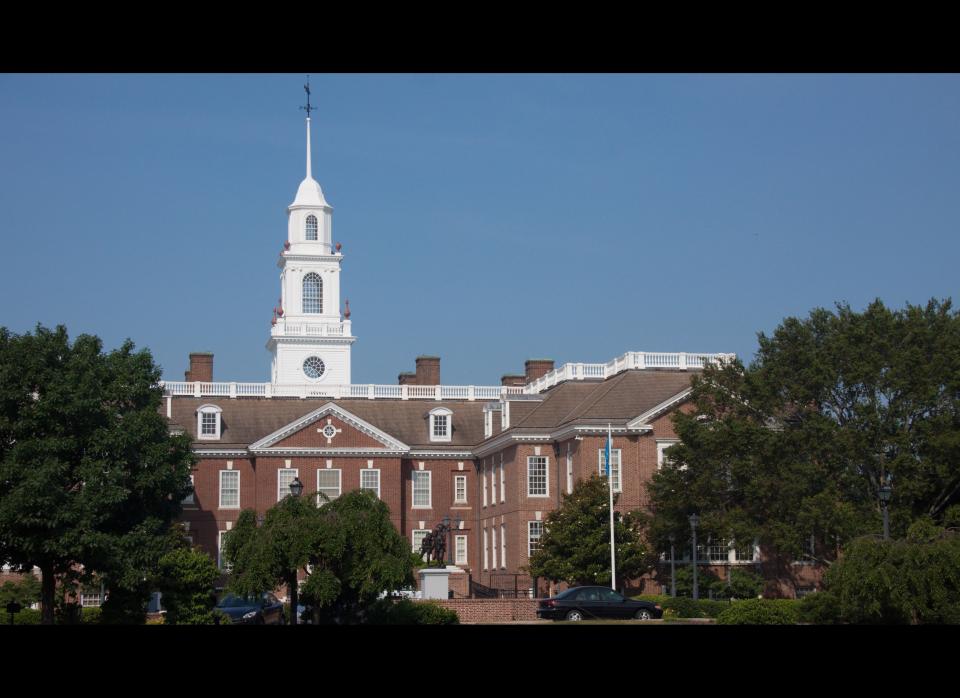
Florida State Capitol (Tallahassee, Fla.)
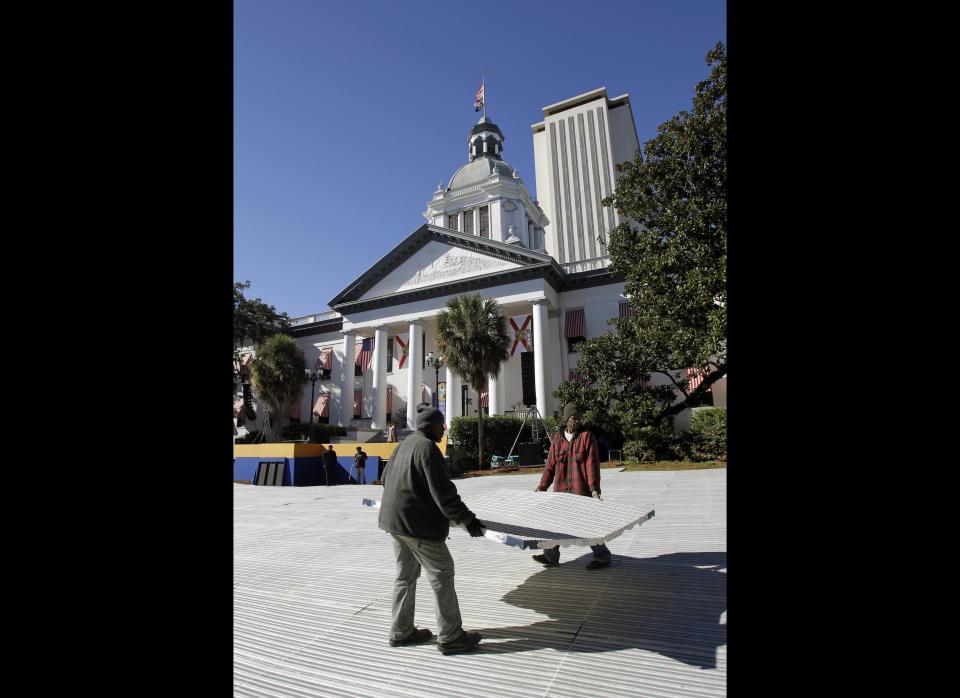
Georgia State Capitol (Atlanta)
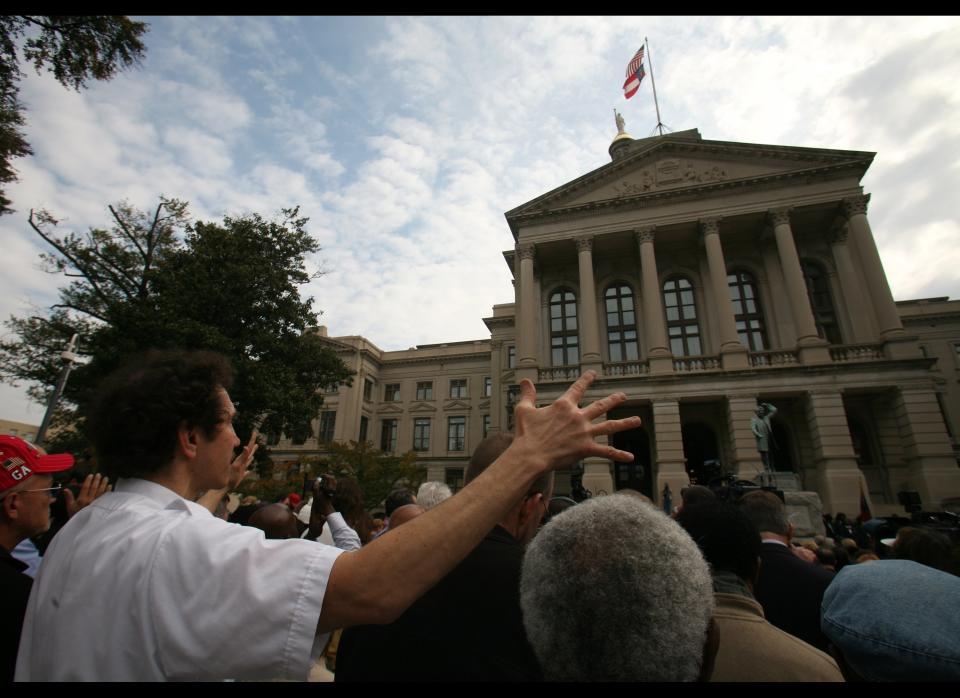
Hawaii State Capitol (Honolulu)
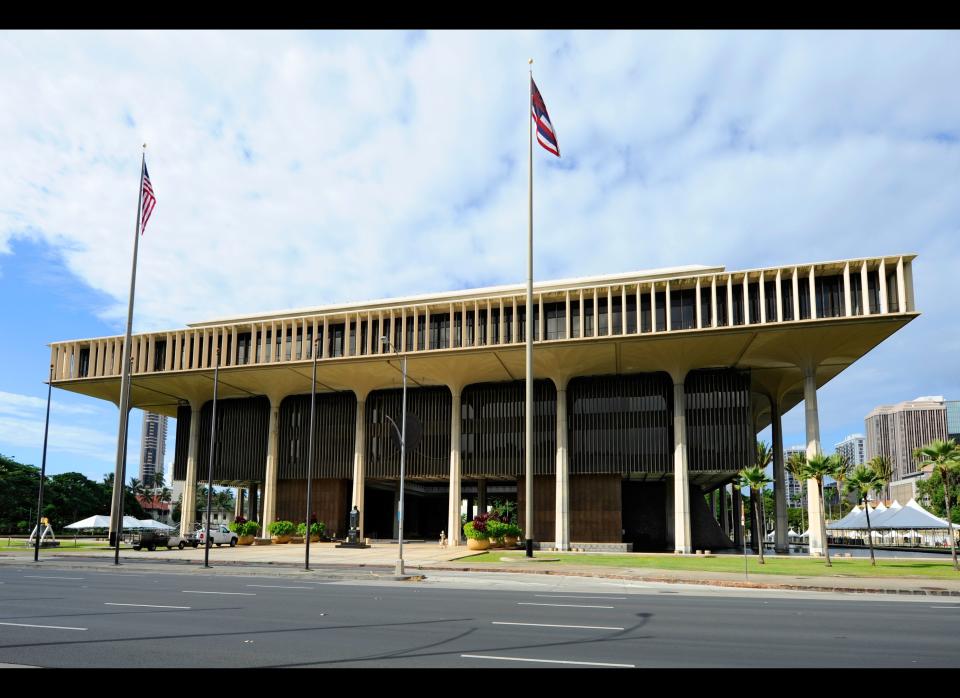
Idaho State Capitol (Boise, Idaho)
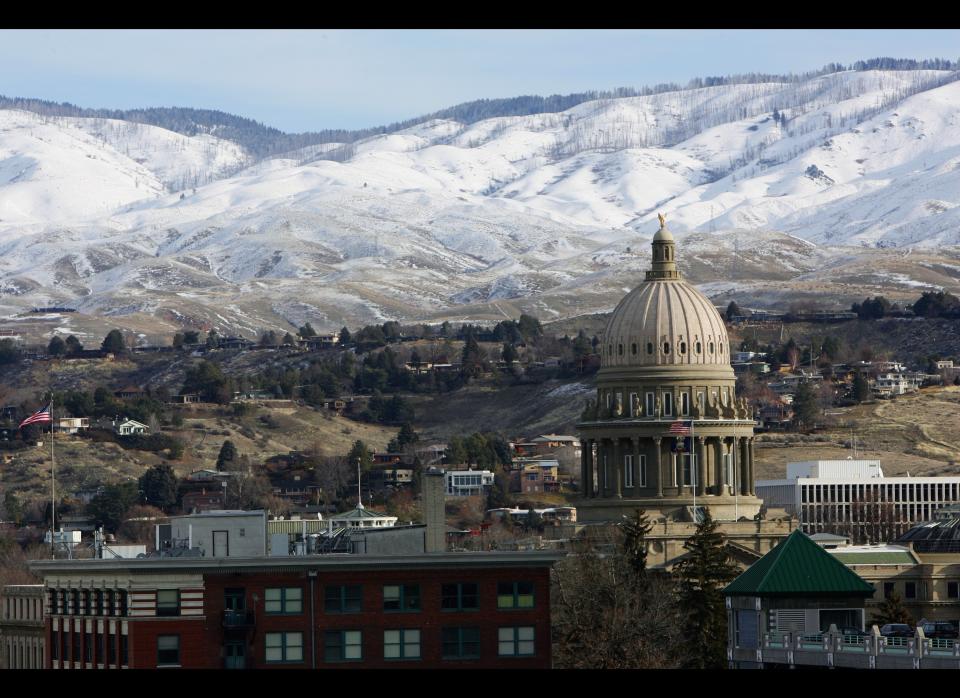
Illinois State Capitol (Springfield, Ill.)
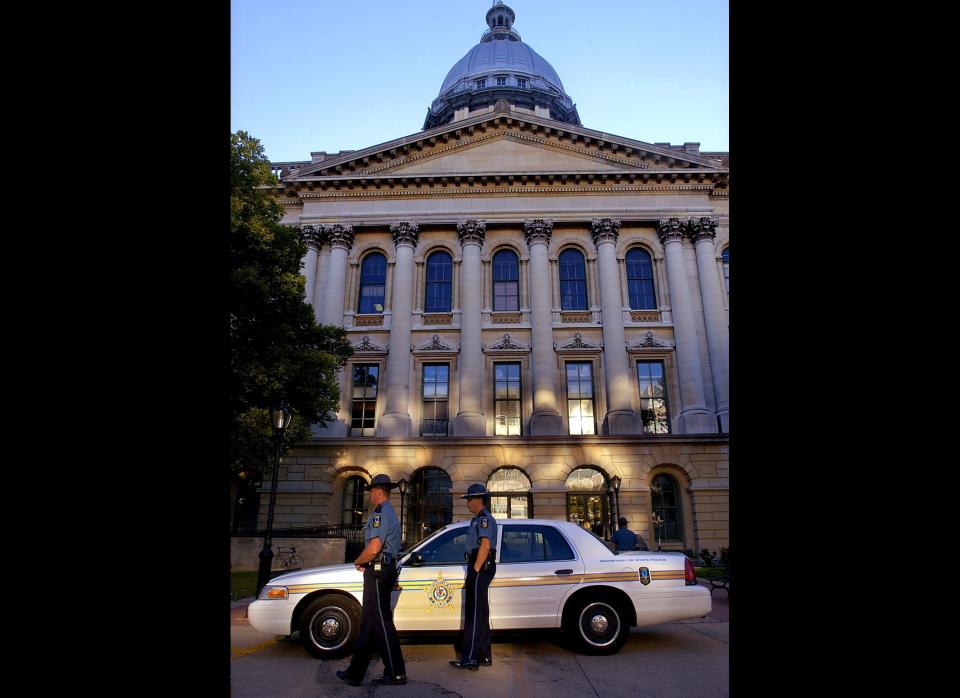
Indiana State Capitol (Indianapolis)
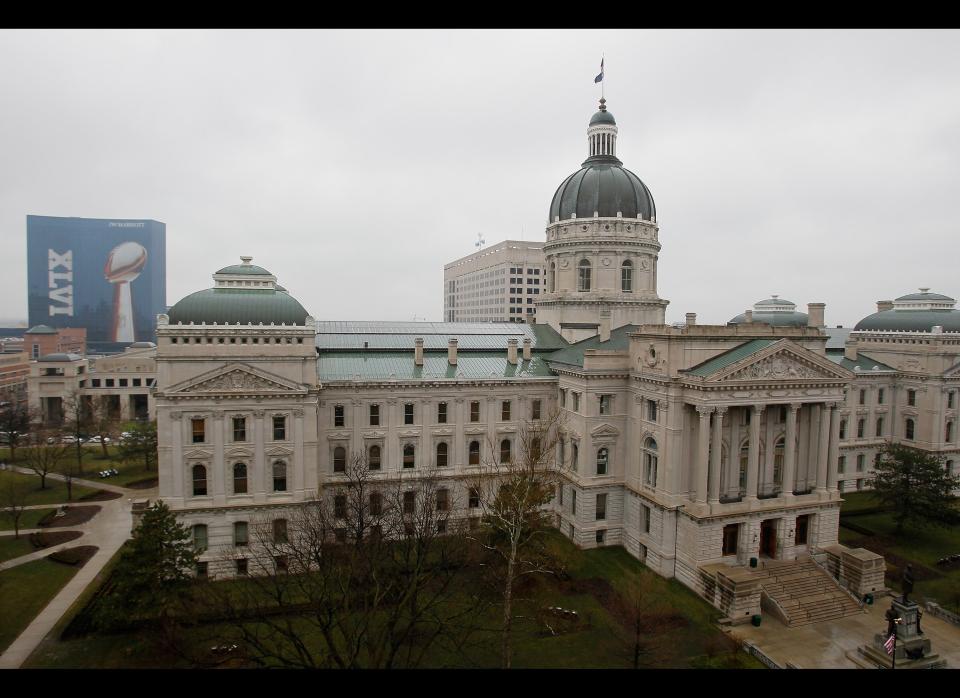
Iowa State Capitol (Des Moines, Iowa)
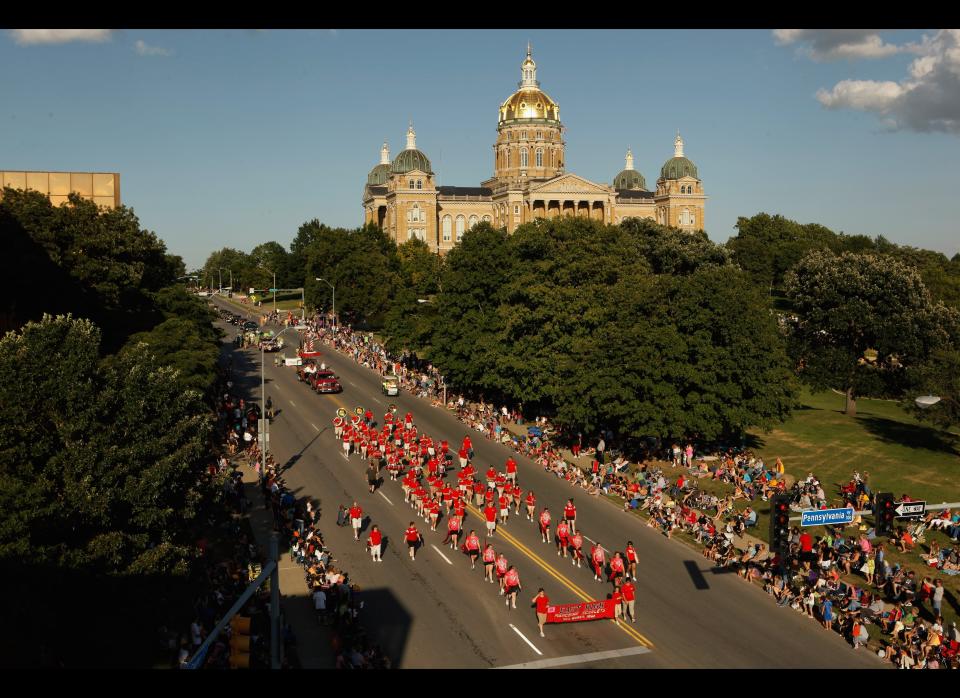
Kansas State Capitol (Topeka, Kan.)
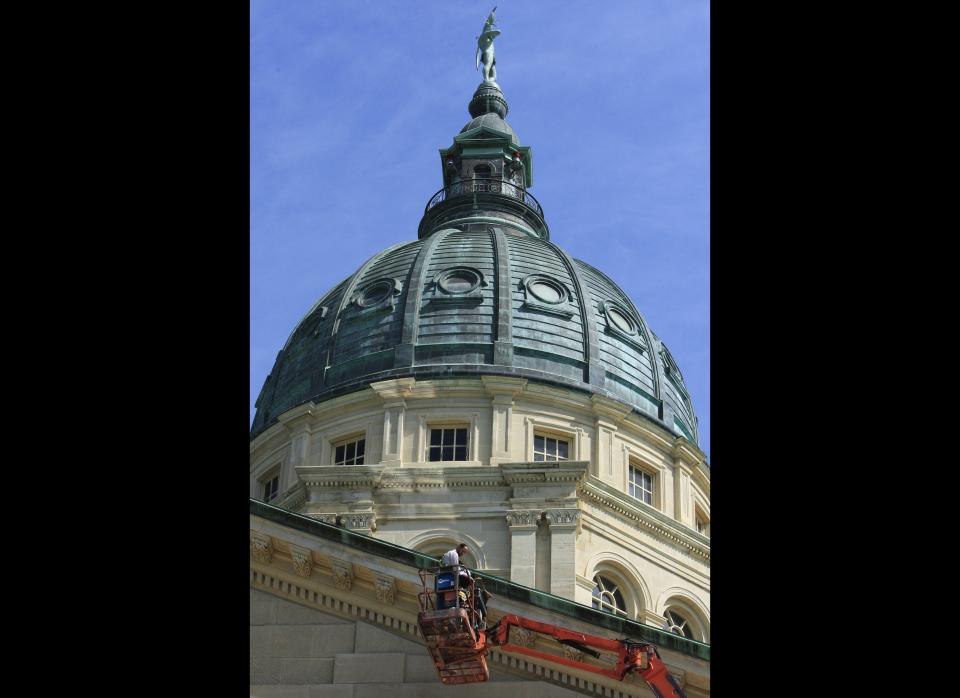
Kentucky State Capitol (Frankfort, Ky.)
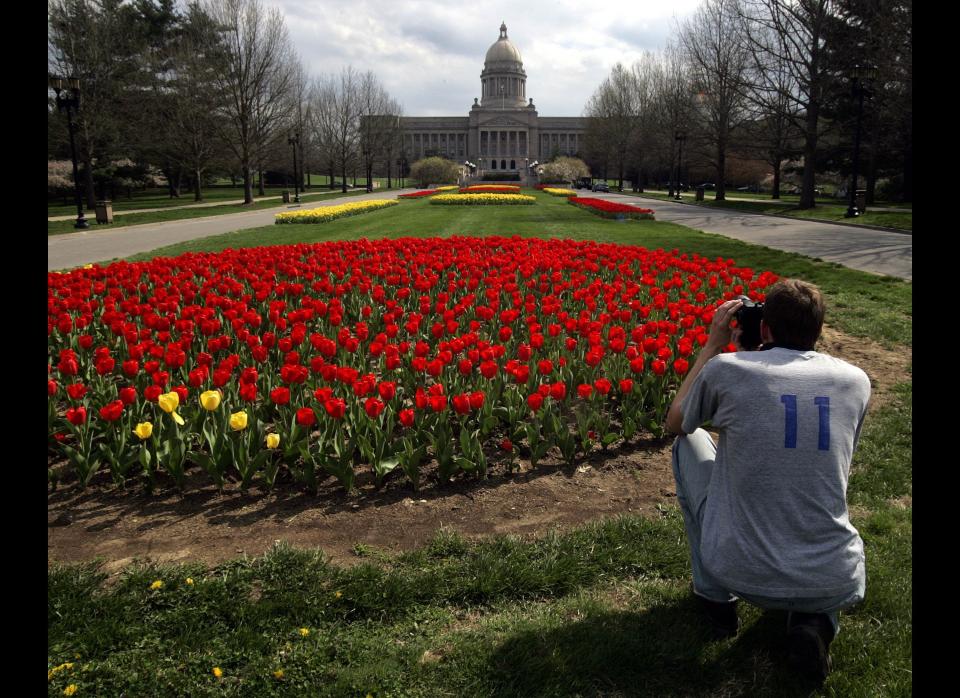
Louisiana State Capitol (Baton Rouge, La.)
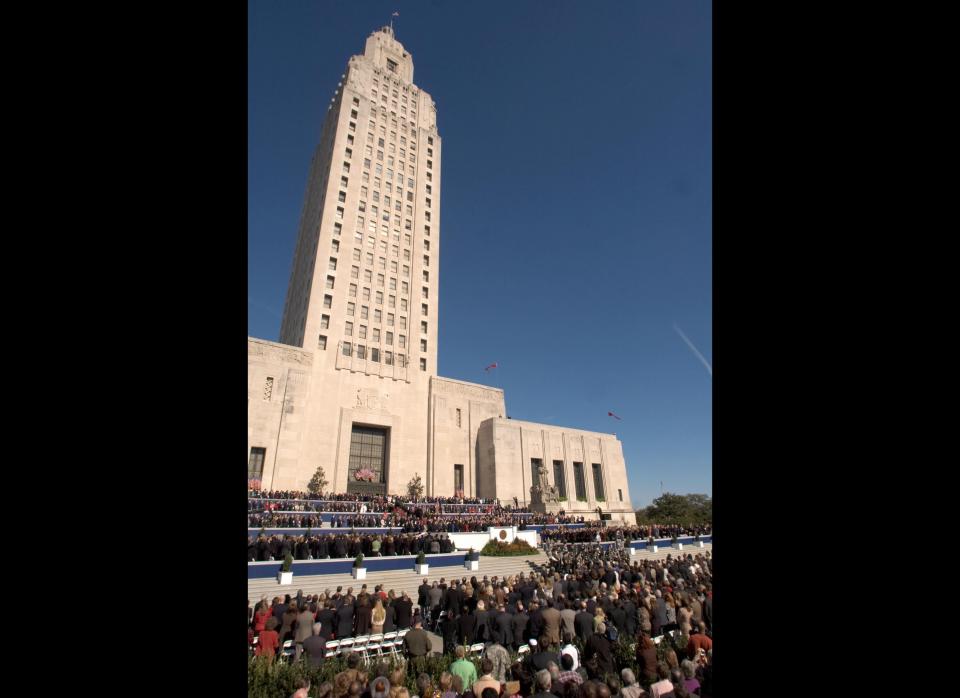
Maine State Capitol (Augusta, Me.)
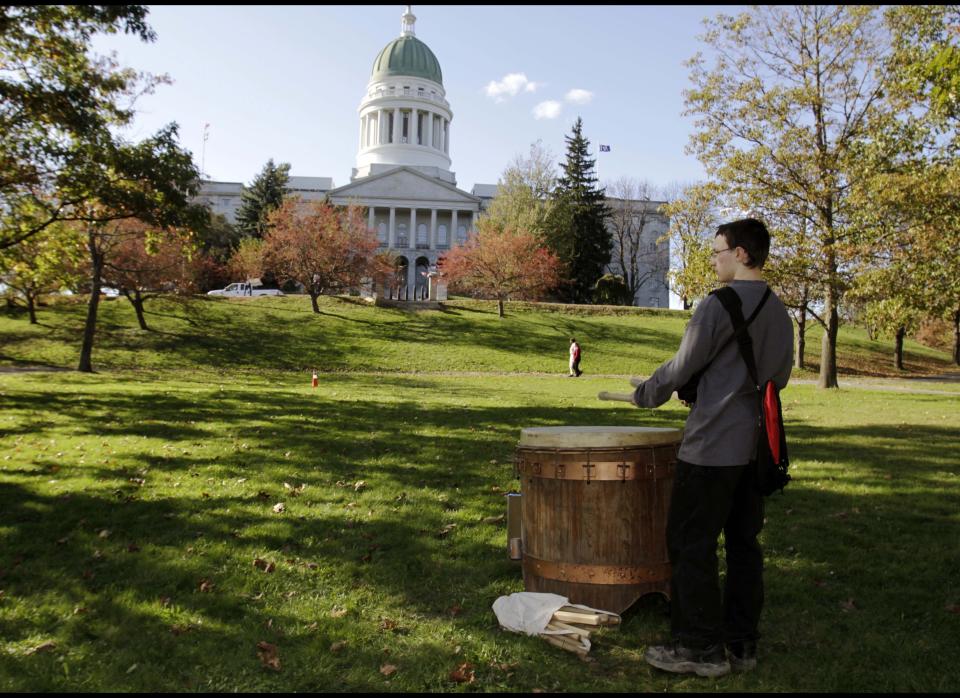
Maryland State House (Annapolis, Md.)
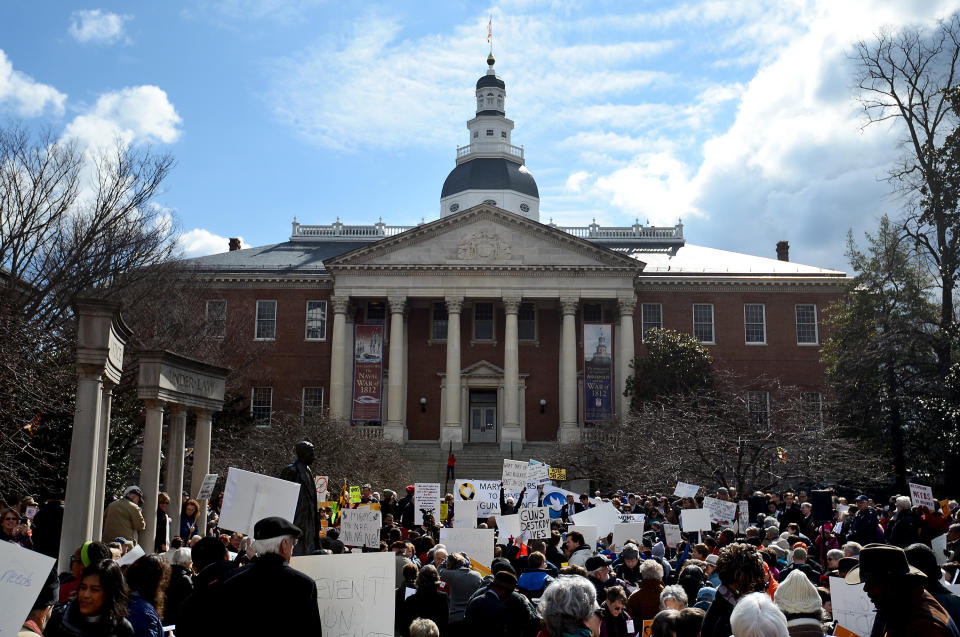
Massachusetts State House (Boston)
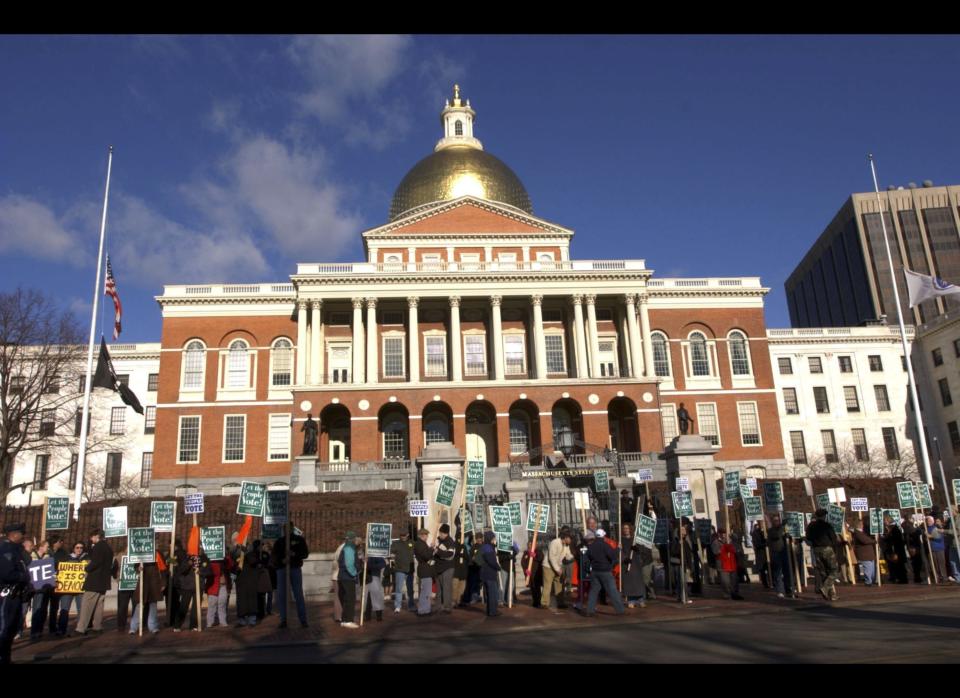
Michigan State Capitol (Lansing, Mich.)
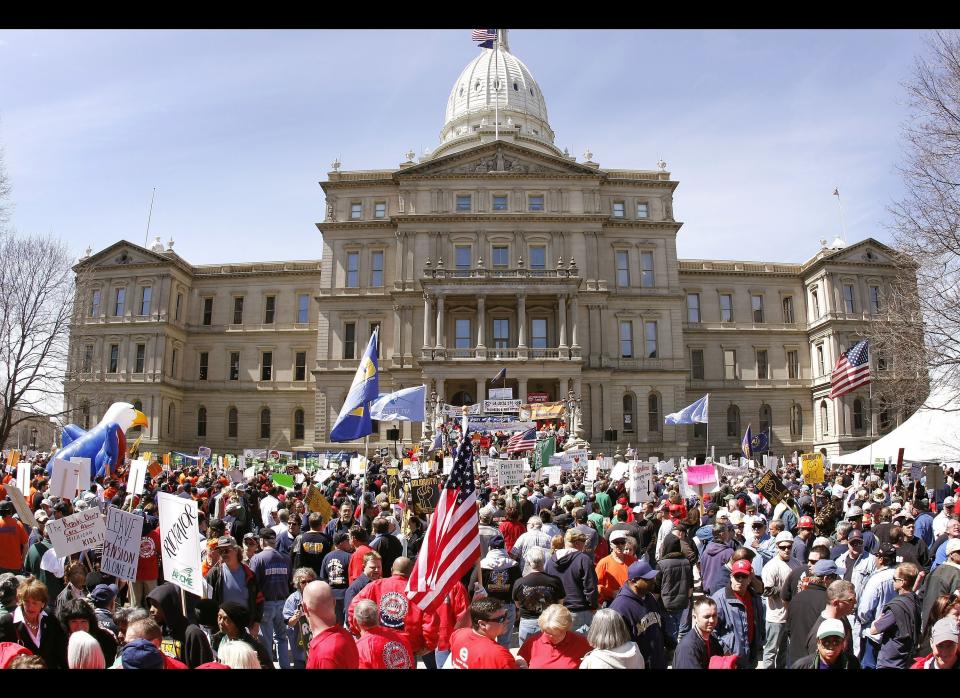
Minnesota State Capitol (St. Paul, Minn.)
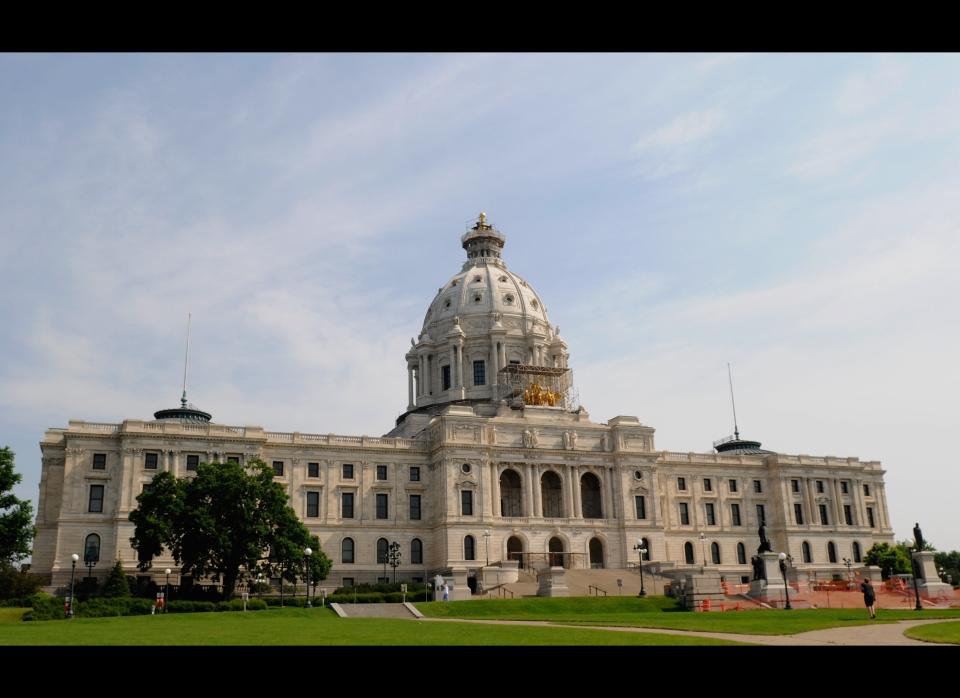
Mississippi State Capitol (Jackson, Miss.)
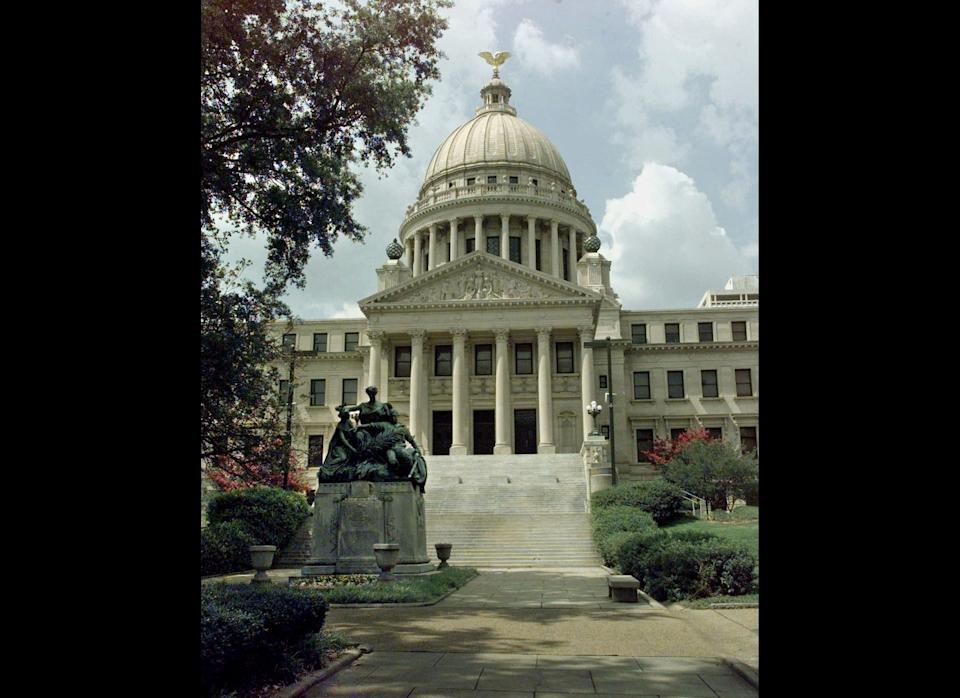
Missouri State Capitol (Jefferson City, Mo.)
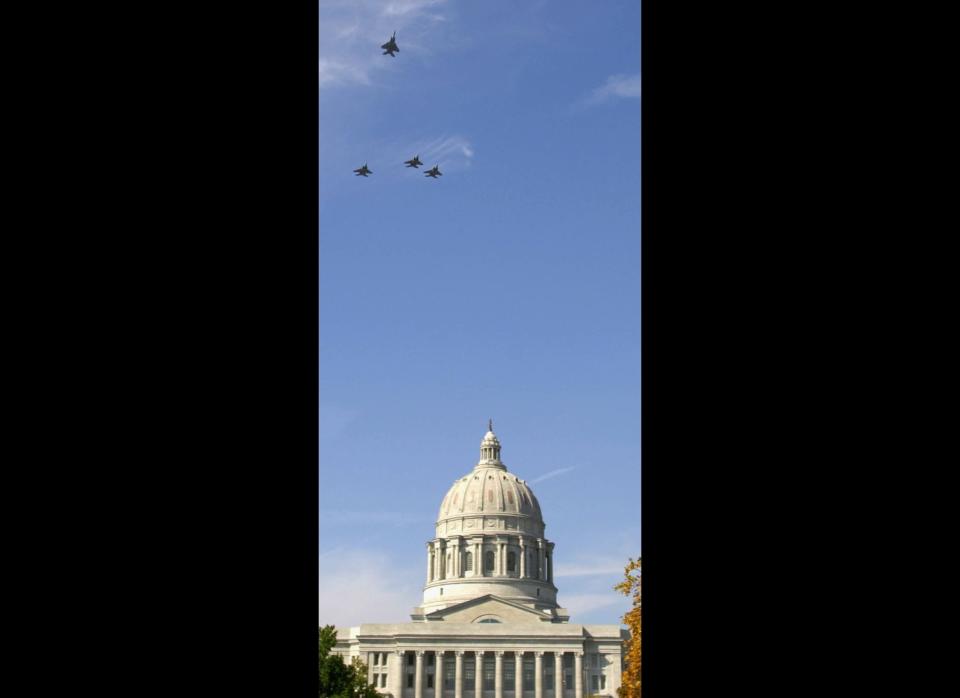
Montana State Capitol (Helena, Mont.)
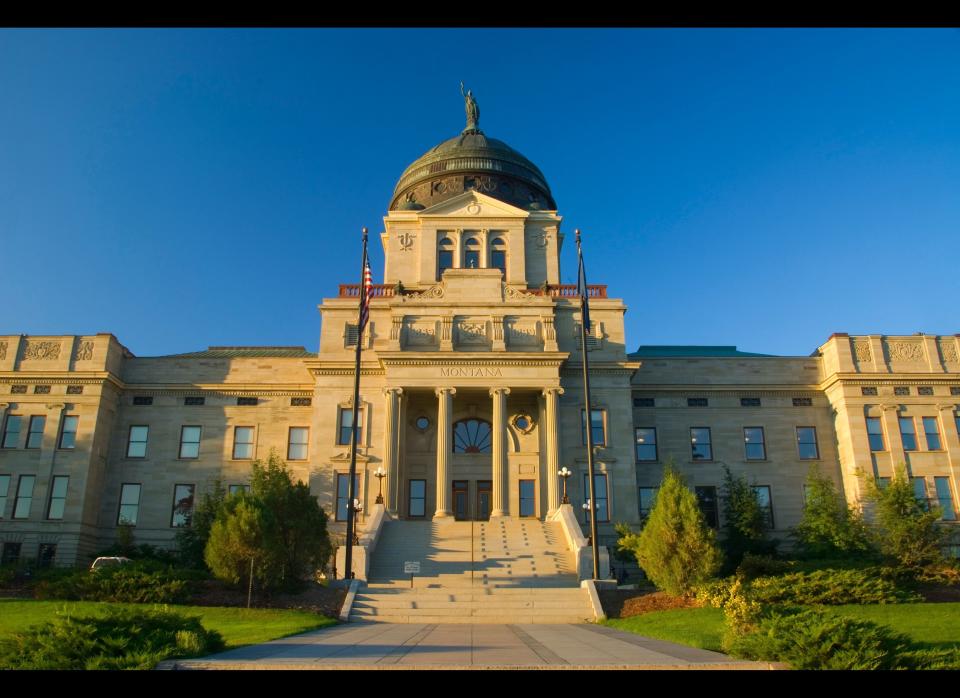
Nebraska State Capitol (Lincoln, Neb.)
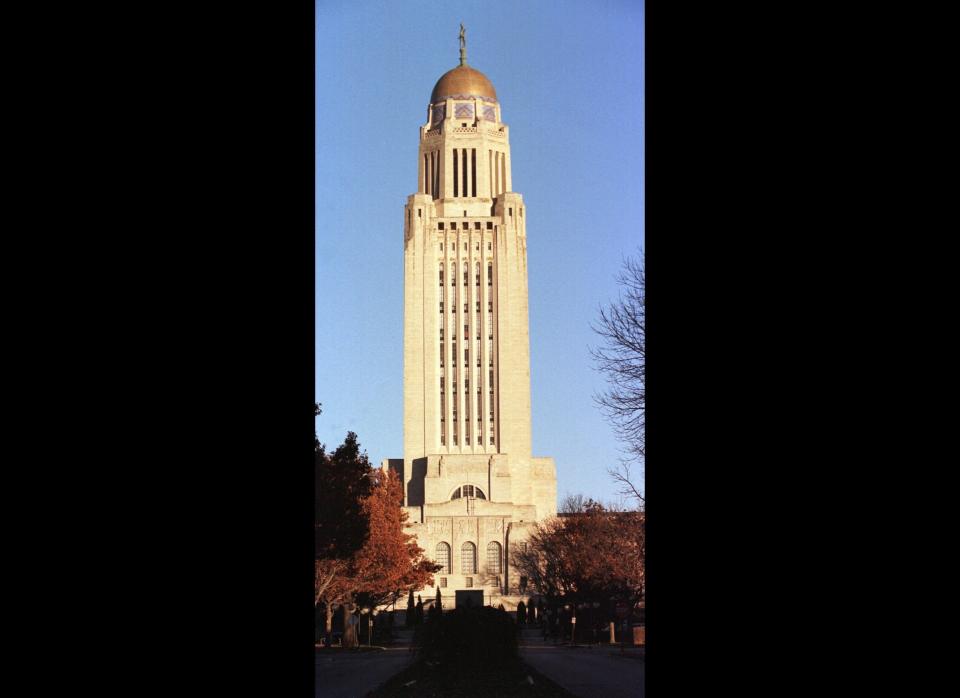
Nevada State Capitol (Carson City, Nev.)
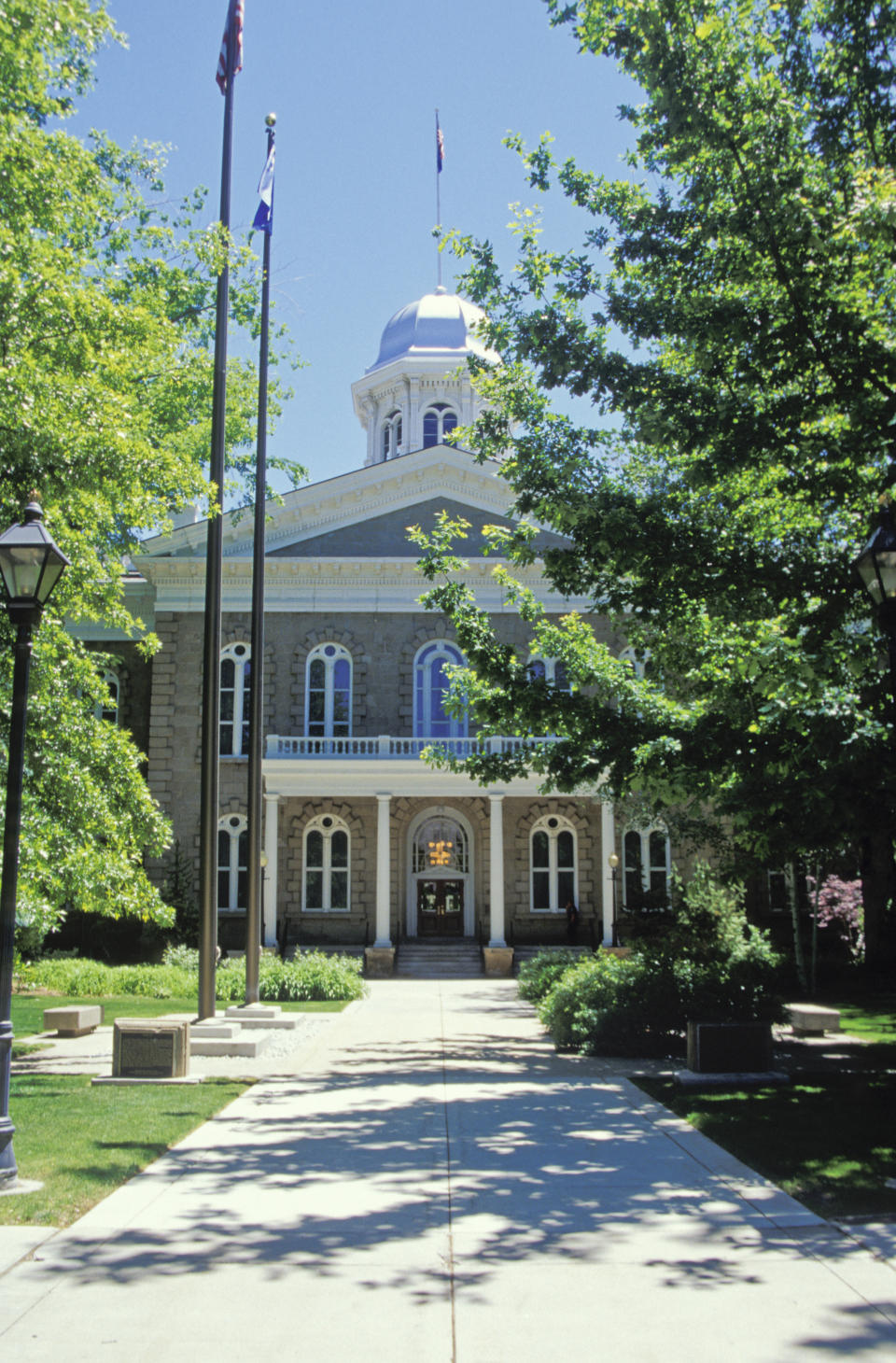
New Hampshire State House (Concord, N.H.)
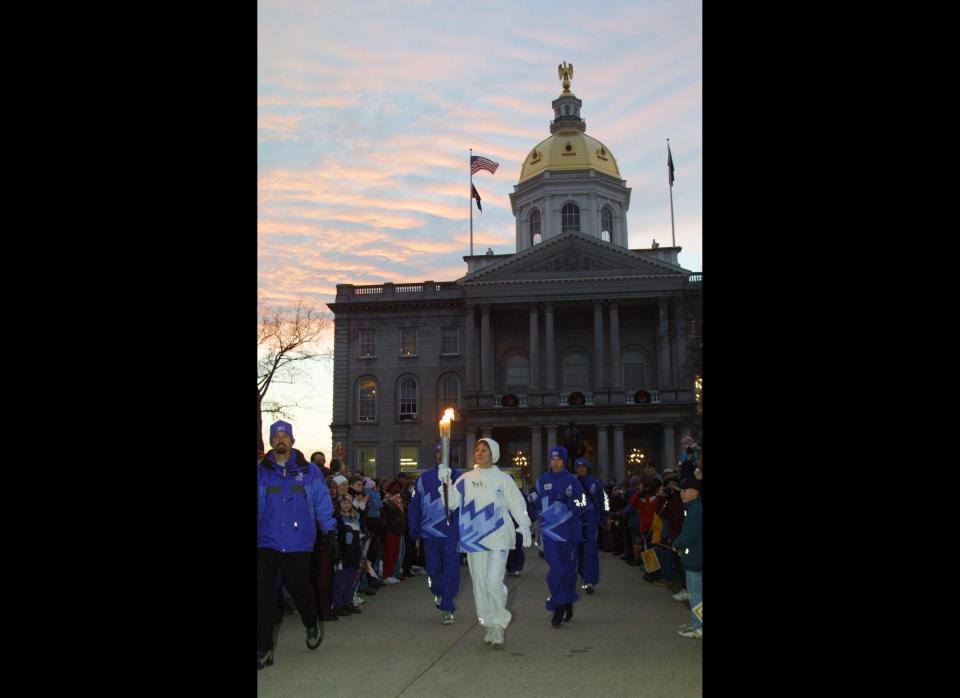
New Jersey State House (Trenton, N.J.)
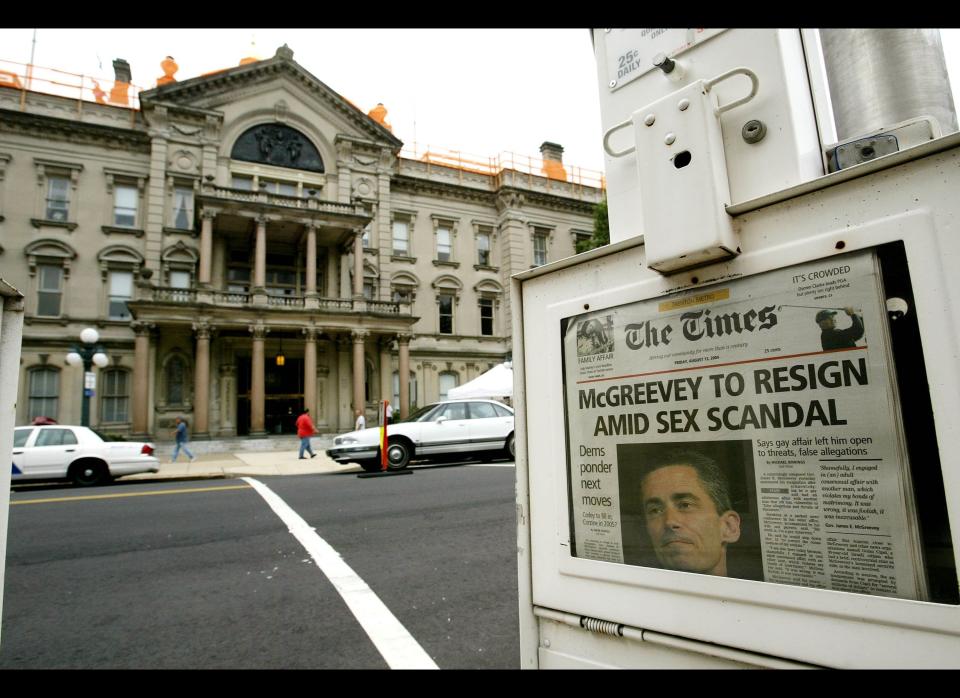
New Mexico State Capitol (Santa Fe, N.M.)
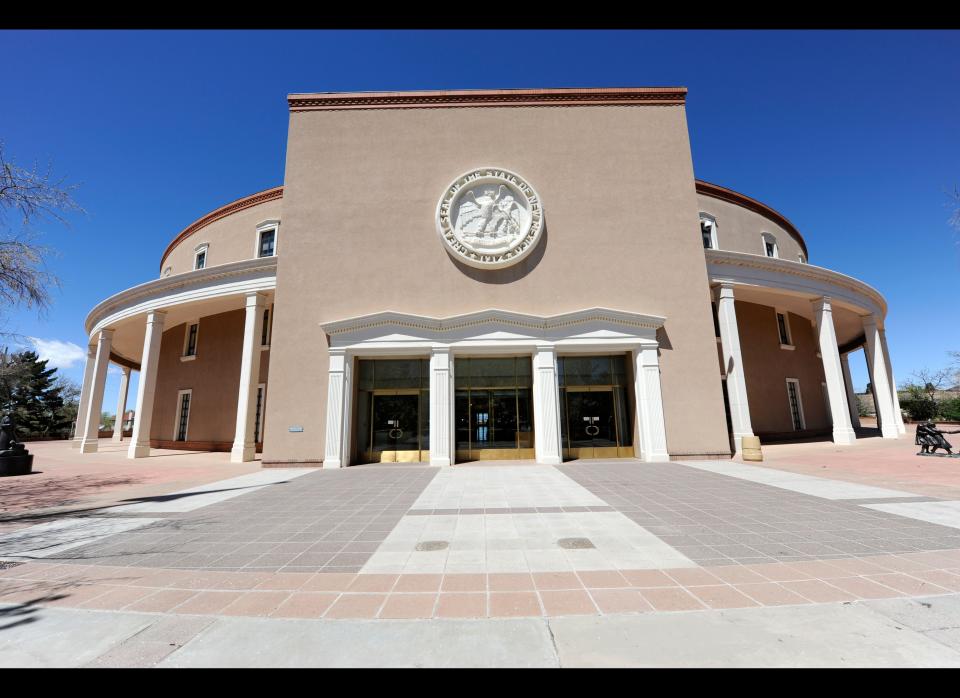
New York State Capitol (Albany, N.Y.)
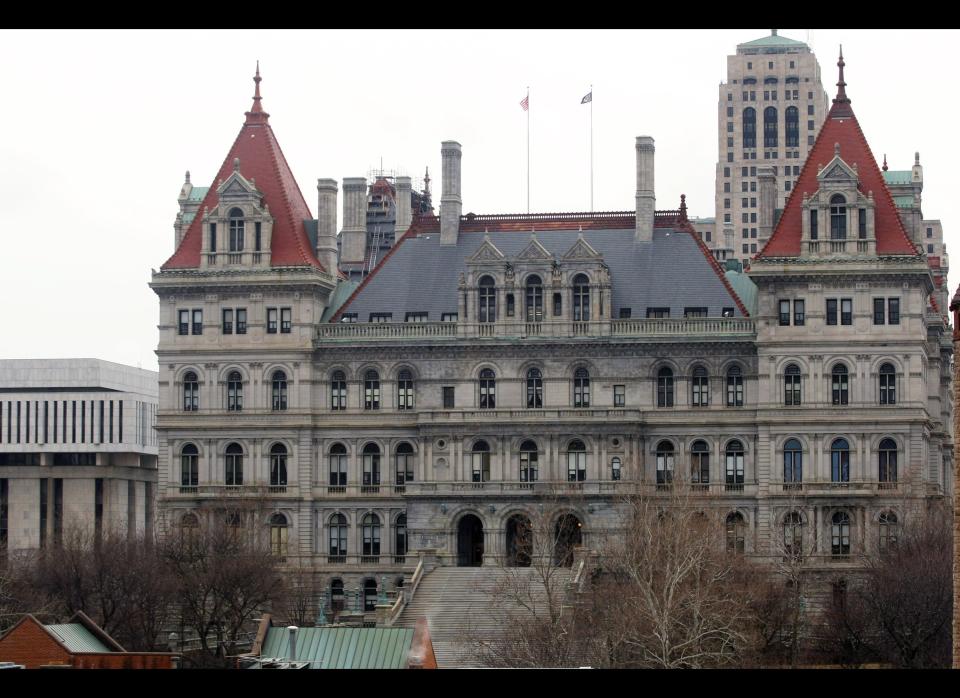
North Carolina State Capitol (Raleigh, N.C.)
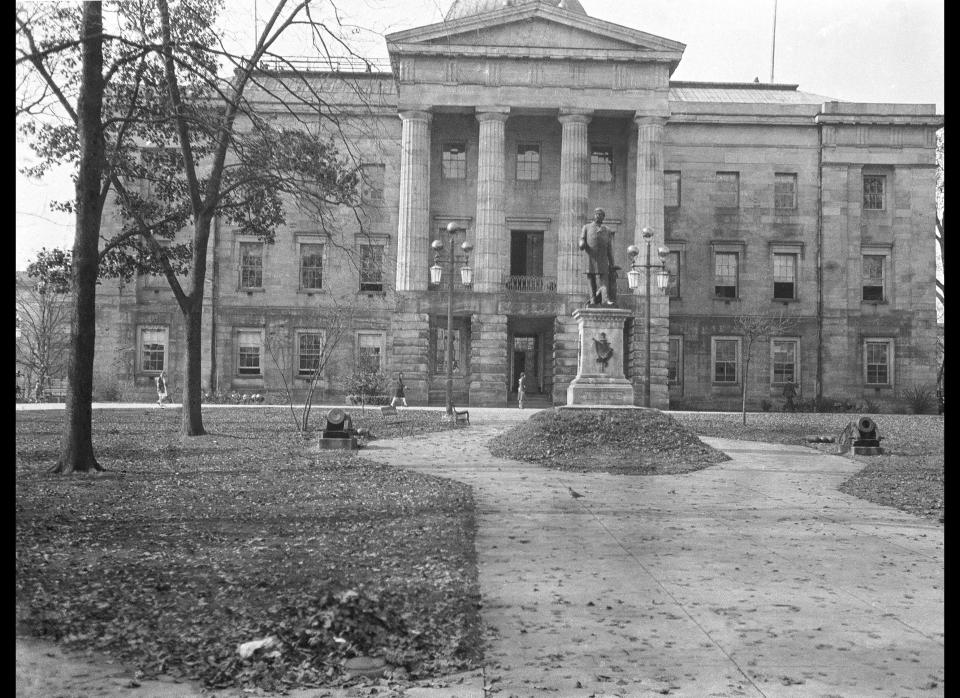
North Dakota State Capitol (Bismarck, N.D.)
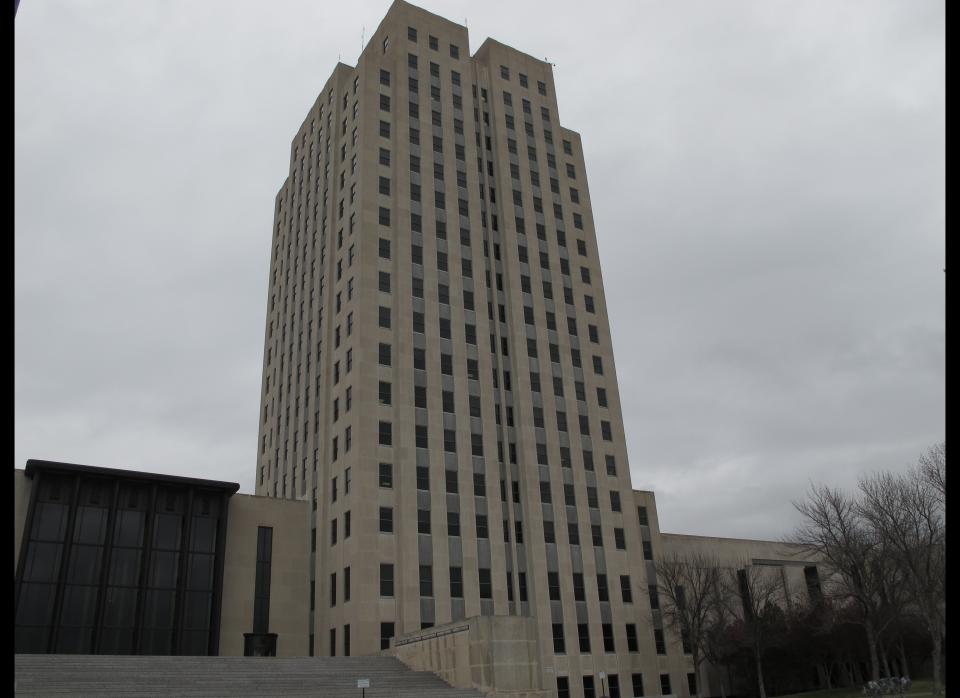
Ohio Statehouse (Columbus, Ohio)
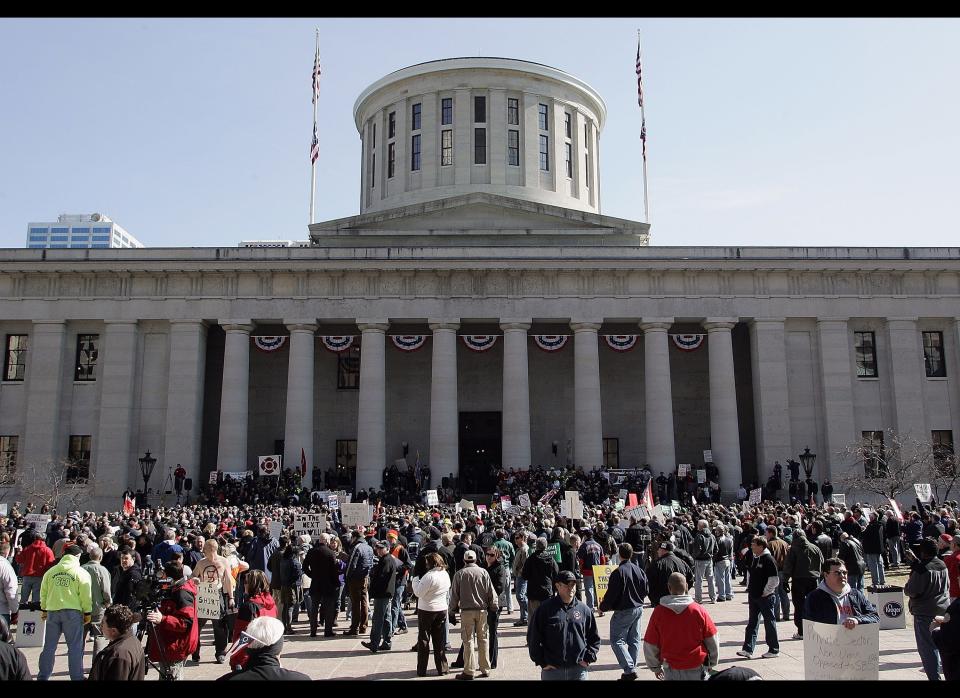
Love HuffPost? Become a founding member of HuffPost Plus today.
This article originally appeared on HuffPost.

